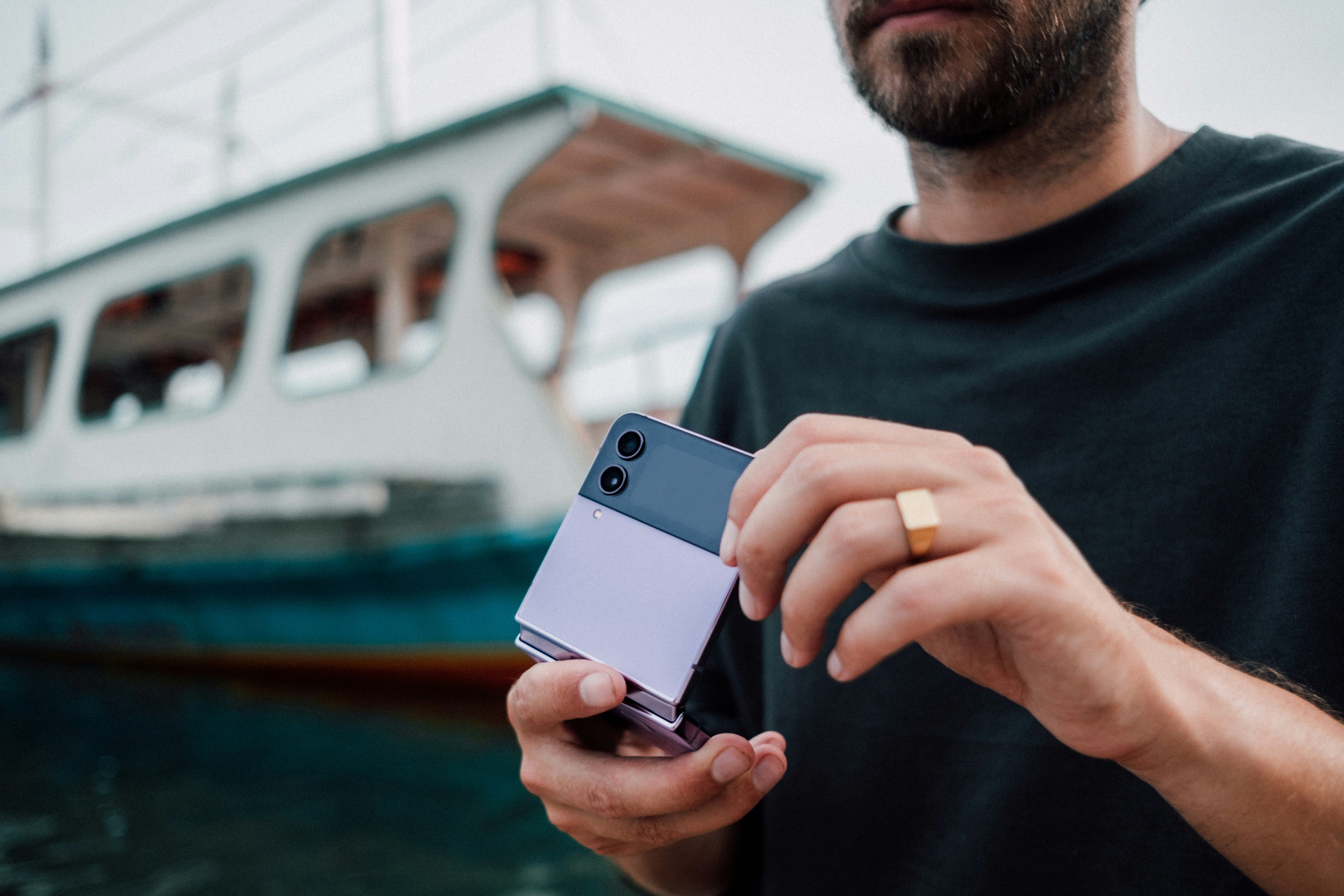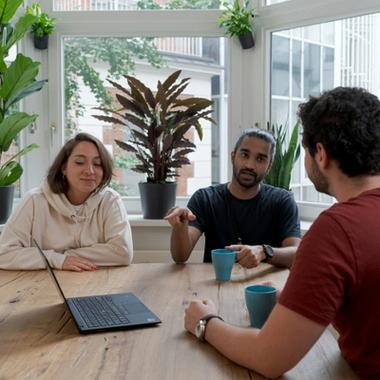Ever since Samsung released the Galaxy Fold in 2019, a debate has raged over whether flip and fold phones are the future of mobile technology. By 2025, will we all have an elegant flip phone in our pocket? Or is the technology a flash in the pan?
Today, flip and fold phones are still a relatively niche market. Of the 1.5 billion smartphones sold globally in 2021, only 7 million were foldables (Wired). However, that figure (and foldable’s total market share) is growing quickly. Foldable sales in 2021 represented a 264.3% increase on 2020s numbers and annual sales are expected to hit 27.6 million units by 2025 (IDC). Samsung has just launched the Galaxy Z Flip 4, while Xiaomi, Huawei and Motorola have all announced new foldable releases, too. This suggests flip phones are here to stay. Or does it?
In this article, we examine whether flip phones are the future of mobile technology and how that impacts app developers. But a quick note before we start. Throughout this piece, we use the term flip phones to refer to both flip and fold phones. We recognise there is a difference but the base technology is largely the same and we feel comfortable bracketing them together for convenience’s sake.




